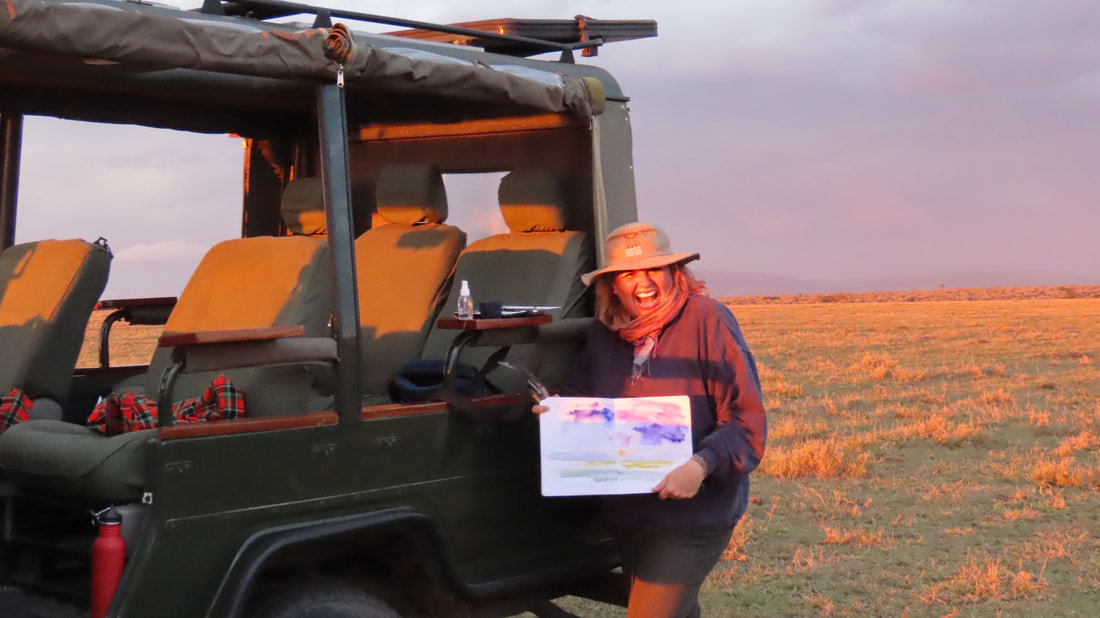This section will not be visible in live published website. Below are your current settings:
Current Number Of Columns are = 2
Expand Posts Area =
Gap/Space Between Posts = 48px
Blog Post Style = simple
Use of custom card colors instead of default colors = 1
Blog Post Card Background Color = current color
Blog Post Card Shadow Color = current color
Blog Post Card Border Color = current color
Publish the website and visit your blog page to see the results



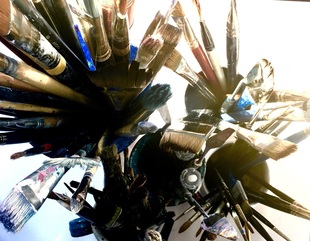
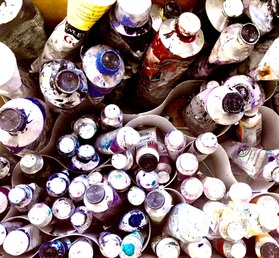
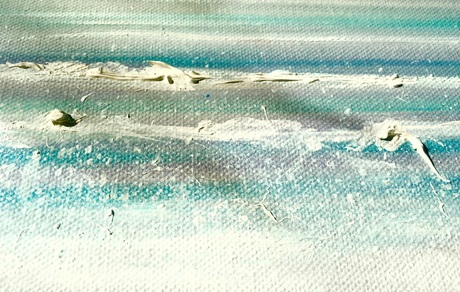
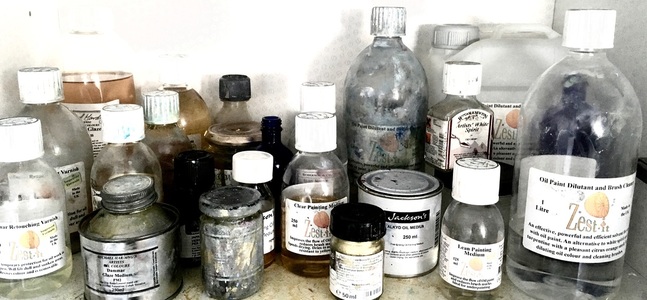
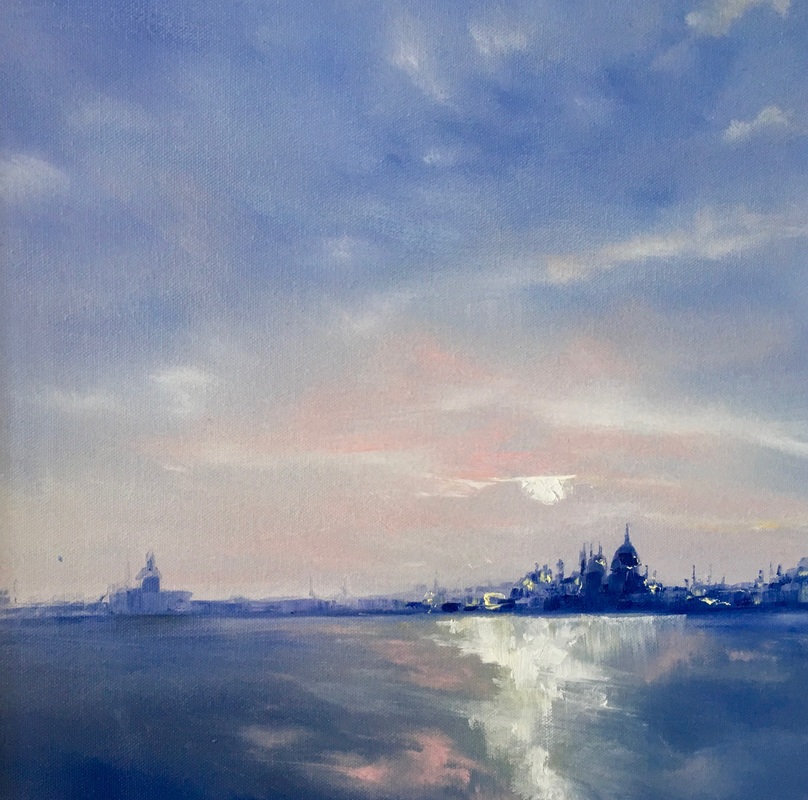
 RSS Feed
RSS Feed

